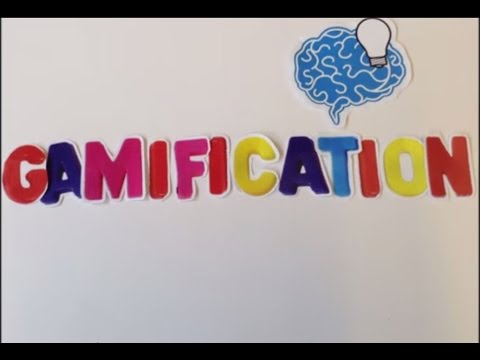
4 Tips To Help You Get Gamification Right
Companies are starting to look into gamification, realizing that if Nike can get people to get up and work out, and if scientists can coerce people into helping them figure out the AIDS virus protein structure, then businesses should easily be able to sell people more stuff just by making them have fun–right? Well, right… sort of. Gamification is great… when it works. You see gamification working in education all the time–but when it comes to business and marketing, that’s an entirely different ballgame. When it doesn’t it’s a pain and your customers will actively avoid your product instead of try to engage with it. Here are four tips to help you get gamification right:

Use Skill-Based Achievements
When it comes straight down to it, you want people to be engaging with your app or business actively, and this is going to have to require some type of skill. If it doesn’t people will get bored easily, or worse, feel like you’ve created an unfair system. Look at it this way–when you get ranked in a game like Call of Duty, for example, the primary ranking factors are skilled-based, not based on auxiliary factors like time spent in-game or amount of money spent on in-game purchases. Sure, you can get points for playing a support role, but not as many.
In the same way, if you’re using gamification in a call-center setting for example, you don’t want an employee gaining points for the amount of time spent on the phone if they’re not selling anything. Or at least, you don’t want them gaining enough to tip the scales in their favor over people who are selling. Because of this, it’s always good to remember that…
Points Aren’t Always the Endgame
In the above example, you see how deterministic point assignment can ruin gamification in the workplace. In marketing, the same thing can happen albeit with different results. For example, if people are engaging with your app and reaping the rewards of points, but then realize that there’s only one prize, or there’s no story, no avatar, and no in-game items–essentially no reason to keep getting more points–they will drop your app like a sack of potatoes. People aren’t dumb and they want to be engaged, which means introducing aspects inherent to gamification that are more important that points. To accomplish this, you can always…
Introduce a Social Aspect
Many people who like games like to play those games with other people. This is often a missing element, as accruing points is only so fun if there’s nobody to compare yourself or brag about your accomplishments to. If it’s a marketing app of yours, encourage competition between friends, or even have them share their app with others and gain points for that. The most advanced gamified systems will take notes from D&D, where players all fight as a team to take down one common enemy. This works in the office too–get people working together for one common cause, and watch your employees get better at their jobs.
Don’t Half-Ass It
But seriously… don’t. The biggest problem that companies have with gamification nowadays is that they don’t take it seriously. They think that it’s a template copy and paste framework that can fit any business type, but it’s not. Good gamified systems will try to innovate and will be hard to upkeep–but the rewards will be worth the overhead. Constant changes, new updates, and a drive to consistently engage the user is what is going to separate the wheat from the chaff.
Follow these four tips, and you’ll be well on your way to creating a functional and successful gamified campaign.

